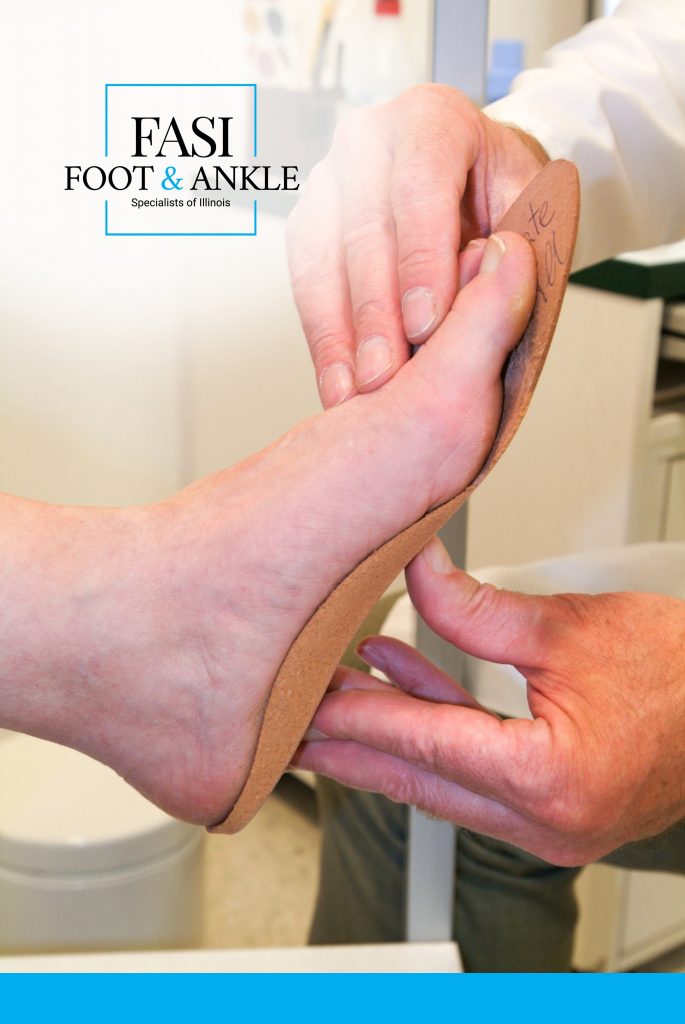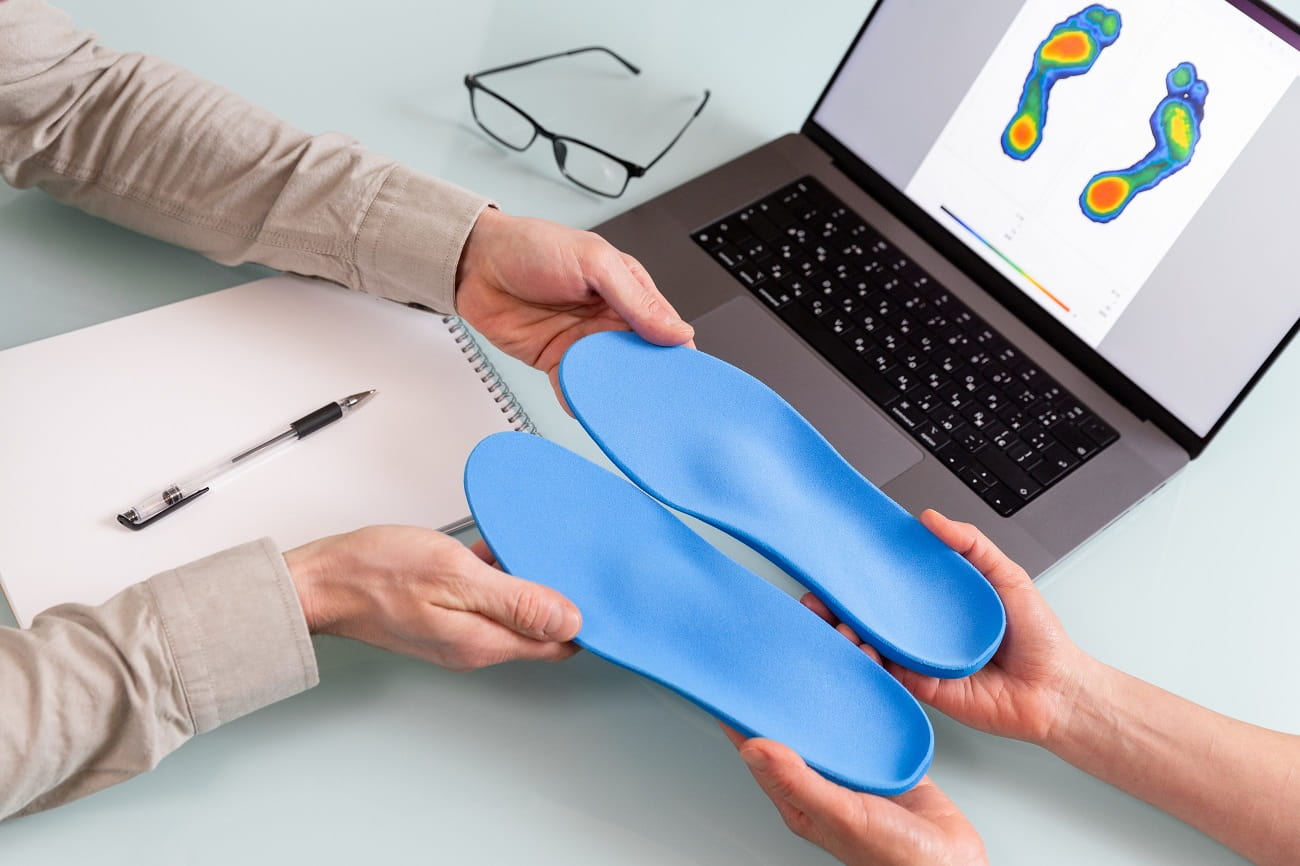Tips for a Great Boot Fit Niwot CO
Boot fitting for ski racing is a vital side of the sport, playing a major function in performance and comfort. A well-fitted boot can enhance control, precision, and general enjoyment on the slopes. Ski racing requires the skier to exert immense pressure on their boots, making the proper fit a critical component in attaining optimum performance.
The strategy of boot fitting entails a number of intricate steps, starting with understanding the skier's foot shape and measurement. Every foot is exclusive, and varied manufacturers have different last widths, heel shapes, and instep heights. A educated boot fitter will take exact measurements, making certain that the skier's foot is precisely represented within the chosen boot mannequin.
Once the measurements are obtained, the following stage is the number of boots that align with the skier's skill level and racing goals. For novice racers, a softer boot may provide some forgiveness and comfort. In contrast, more advanced racers typically require stiffer models that facilitate greater energy transfer for heightened control, particularly at high speeds.
After selecting the best boot, the fitting process really begins. This is where the boot fitter meticulously focuses on creating a customized fit, often referred to as "shell fitting." The boot is tried on without the liner, allowing the fitter to assess how the shell of the boot contacts the foot. Gaps or pressure points can be recognized simply at this stage, with the objective being to get rid of any areas that would lead to discomfort over time.
Ski Boot Fit Essentials for Varied Terrain Longmont CO
Heat molding is probably considered one of the most important components of boot fitting. This includes heating the liner and typically even the shell, allowing it to mold around the skier’s foot. A correctly molded liner hugs the foot snugly, offering each warmth and comfort. This warmth can stop chilly ft during long days on the slopes, a difficulty that many racers face.
While heat molding is essential, so is making nice adjustments during the fitting. Often, minor tweaks corresponding to footbeds or insoles may be needed. A customizable footbed can significantly enhance fit, cushioning, and total assist. It also can improve alignment, which is fundamental for minimizing fatigue and sustaining management during high-speed runs.
Boot Fitting Instructions for Beginners Niwot CO
It’s necessary to consider the flex index of the ski boots. Various producers fee flex in a unique way, but often, junior racers require a softer flex to advertise mobility and adaptableness as they are nonetheless growing expertise. More advanced opponents often go for a stiffer flex that interprets into higher energy transmission and responsiveness when carving turns.
Another consideration in boot fitting for ski racing is the stance alignment. Proper alignment of knees, hips, and ankles is crucial for environment friendly energy switch and stopping injuries. The boot fitter will assess this alignment and make changes, if needed, to guarantee that the skier is in the best place for performance.
Ski Boot Fit Essentials for Varied Terrain Wheat Ridge CO
The position of socks cannot be missed in phrases of boot fitting. Specialized ski socks, often manufactured from materials designed for moisture-wicking and insulation, play a vital position in maintaining heat. Additionally, they may help reduce friction contained in the boot itself, lowering the probability of blisters during prolonged periods of snowboarding.
Communication between the skier and the boot fitter is important throughout the fitting process. Skiers should voice any discomfort or pressure points they may really feel, permitting the fitter to deal with these issues immediately. This back-and-forth helps guarantee the final product will meet the skier's particular needs and preferences.
Find a Fitter for Bootfitting Lyons CO
Finally, attempting the boots on the snow is irreplaceable. An initial fitting can really feel great within the shop, but skiing places a special set of calls for on the boots. If a skier can, they need to test the fit on a follow run or training course to verify comfort and performance. This real-world testing helps to identify minor adjustments that could not have been obvious during the fitting.
In conclusion, boot fitting for ski racing is a meticulous and personalised process that greatly impacts a skier’s performance. The proper fit enhances comfort, ensures management, and minimizes the risk of damage. By investing time and a focus into finding the best boots, racers can concentrate on what they love most – the joys of the race.
The collaboration between the skier and the boot fitter is essential in navigating this complex journey. A perfect fit not solely improves performance but also fosters enjoyment in the sport. Through high quality fitting, attention to element, and personalized adjustments, skiers can make probably the most of their racing experience and reach their full potential on the slopes.
- Precise measurements of foot length and width are important for reaching a snug fit, minimizing movement that may affect performance during races.
- Ski boot liners ought to be heat-molded to make sure a custom fit, permitting for enhanced comfort and improved vitality transfer to the ski.
- The flex rating of a ski boot should match the athlete's skiing type, with stiffer boots beneficial for superior racers who require better control at high speeds.
- Ankle and heel hold is essential; fit specialists usually make use of varied techniques to ensure these areas are securely locked in place.
- Proper alignment of the boot cuffs can significantly impact stability and edge management, making it important for racers to have well-adjusted cuff positioning.
- The tongue of the boot should ideally provide consistent pressure across the instep, preventing discomfort and enhancing responsiveness.
- Using footbeds or custom insoles can improve foot help, providing better stability and decreasing fatigue throughout lengthy races.
- Attention to vent placement is essential; enough air flow helps regulate temperature, stopping numbness or discomfort throughout runs.
- Evaluating the skier's method and stance can guide particular boot changes, tailoring the fit to boost total performance on the racecourse.
- Consistent follow-up changes post-fitting may help handle any discomfort that will come up throughout coaching, making certain peak performance during competitions.undefinedWhat is boot fitting for ski racing?
Boot Fit Assessment Techniques Superior CO
Boot fitting for ski racing is the process of customizing ski boots to ensure optimal fit, comfort, and performance on the slopes. It involves adjusting various components to boost your snowboarding expertise and obtain more efficient energy transfer.

Why is correct boot fitting necessary for ski racing?
The Evolution of Boot Fitting Techniques Erie CO
Proper boot fitting is essential for ski racing as a end result of it permits for higher management, responsiveness, and comfort. A well-fitted boot might help forestall injuries and improve overall performance by ensuring that skiers can maintain correct approach and steadiness.
How do I know if my ski boots fit correctly?
You can determine if your ski boots fit correctly by checking for a cosy fit with out pressure points. Ski Boot Fit Trends to Note Niwot CO. When buckled, your toes should barely brush the entrance of the boot, and there must be minimal motion of your heel. A certified boot fitter can also conduct a professional evaluation
Understanding Ski Boot Fit Northglenn CO
What customizations may be done during the boot fitting process?
Customizations through the boot fitting process can embrace heat molding liners, adjusting buckles, including custom footbeds, and modifying the shell. Each adjustment is tailor-made to accommodate your distinctive foot shape and snowboarding type, enhancing comfort and performance.
How lengthy does the boot fitting process take?
The Art of Ski Boot Customization Superior CO
The boot fitting process sometimes takes anyplace from 1 to 3 hours, relying on the level of customization wanted. This timeframe permits for thorough evaluations, changes, and testing to ensure the very best fit.
Can I ski instantly after getting my boots fitted?
It's advisable to permit a while to interrupt in your newly fitted boots earlier than heading out to ski. While you probably can definitely attempt them on and stroll around in them, skiing with them for a number of hours helps ensure they settle into the fit and improve comfort.
How often should I get my ski boots fitted?
Footbeds for Proper Ski Boot Fit Broomfield CO
It's beneficial to get your ski boots fitted every few seasons or whenever there are noticeable changes in your foot shape, discomfort arises, or if your skiing fashion adjustments considerably. Regular evaluations assist keep one of the best fit and performance.
What should I convey to a boot fitting appointment? (Best Ski Boot Fitting Practices Firestone CO)
For a boot fitting appointment, put on or convey the socks you sometimes ski in, as they can have an effect on fit. Additionally, think about bringing any current ski gear, similar to your skis and bindings, to help the fitter assess your complete setup.
Footbeds for Proper Ski Boot Fit Frederick CO
Are there particular issues for ladies or racers with unique foot shapes?

Yes, women and racers with unique foot shapes may have specialised boots or custom modifications. Women's ski boots usually have completely different flex patterns and shapes, whereas distinctive foot shapes may require custom footbeds or shell modifications for optimal performance.
What if I experience discomfort after my boot fitting?

If you experience discomfort after your boot fitting, it's essential to return to your fitter. They can assess the problems and make essential changes (Unconventional Boot Fitting Strategies Golden CO). Addressing discomfort early on can stop performance issues and improve your snowboarding expertise
Boot Fitting Resources for Skiers click over here